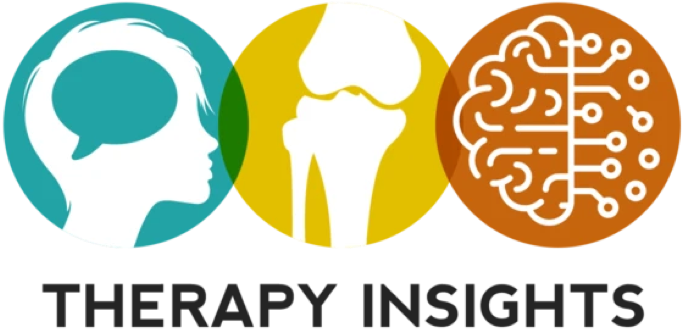INCOG Recommendations for Management of Cognition Following Traumatic Brain Injury, Part II: Attention and Information Processing Speed (2014)
January 13, 2022 by Megan Berg.
INCOG recommended clinicians use the MOSS Attention Rating Scale or Rating Scale of Attentional Behavior to determine the patient’s attention abilities. It is critical to determine the patient’s lifestyle and factors that may exacerbate the attentional demands when creating the treatment goals. A variety of treatment approaches were recommended by the INCOG team because of […]
